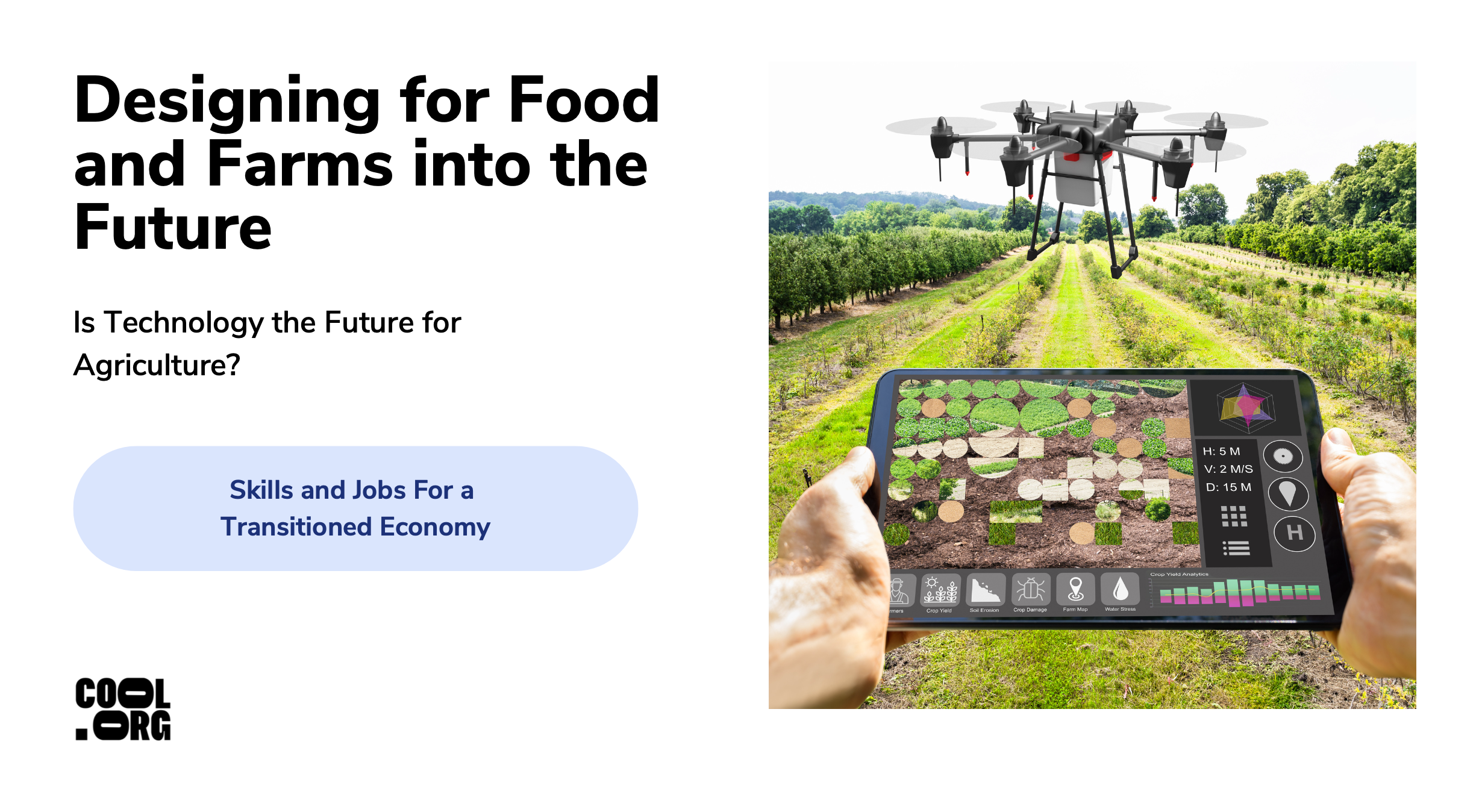Lesson summary
Students will consider the role of technology in helping farmers reduce the impacts of agriculture on the environment. Students will generate ideas for a technology designed specifically to help farmers produce food and fibre and care for the environment.
Learning intentions:
Students will...
- understand that technology can have positive benefits for farming and the environment
Success criteria:
Students can...
- define technology and list examples of technology in agriculture
- explain how technology can help farmers
- generate and communicate ideas about a technology they have ‘invented’ based on set criteria.
Lesson guides and printables
Curriculum links
Select your curriculum from the options below.
Lesson details
Skills
This lesson is designed to build students’ competencies in the following skills:
- creativity
- critical thinking
- collaboration
- communication
- enterprise
- problem-solving
- prototyping
Curriculum Mapping
Australian Curriculum (v9.0) content description: Years 5 & 6 Design and Technologies
- Explain how and why food and fibre are produced in managed environments (AC9TDE6K03)
- Generate, iterate and communicate design ideas, decisions and processes using technical terms and graphical representation techniques, including using digital tools (AC9TDE6P02)
Relevant parts of Year 5 & 6 Design and Technology achievement standards:
Students explain how people design products, services and environments to meet the needs of communities, including sustainability. They select and justify design ideas and solutions against design criteria and share and communicate ideas or content to an audience using technical terms, graphical representation techniques and appropriate digital tools.
Syllabus outcomes: ST3-5LW-T
General capabilities: Critical and Creative Thinking
Cross-curriculum priority: Sustainability
UN Sustainable Development Goals
UN SDG 2: End hunger, achieve food security and improved nutrition and promote sustainable agriculture
Target 2.4: By 2030, ensure sustainable food production systems and implement resilient agricultural practices that increase productivity and production, that help maintain ecosystems that strengthen capacity for adaptation to climate change, extreme weather, drought, flooding and other disasters and that progressively improve land and soil quality
Resources Required
- Device capable of sharing a YouTube video with students
- Environmental Impacts of Agriculture fact sheet
- Materials for designing a technology e.g. paper and pencils or devices
- Technologies for a Better Future fact sheet
- Student Worksheet.
Additional Info
This unit of lessons, along with the other units in the Skills and Jobs For a Transitioned Economy package aims to teach students how to be climate solution entrepreneurs. These lessons will equip students with the relevant skills and knowledge of jobs and career pathways that will be able to sustain our economy once it has transitioned away from fossil fuels. Cool.org thanks our philanthropic partners, the Lord Mayor’s Charitable Foundation and Boundless Earth, for their generous contributions in helping us to create these resources.
Level of teacher scaffolding: Medium - facilitate class discussion, oversee group tasks.
Related Professional Learning
We don’t have any related professional courses for this lesson at the moment, but we do have heaps of other Cool professional learning here.



Welcome back!
Don't have an account yet?
Log in with:
Create your free Cool.org account.
Many of our resources are free, with an option to upgrade to Cool+ for premium content.
Already have an account?
Sign up with:
By signing up you accept Cool.org's Terms and Conditions(Opens in new tab) and Privacy Policy(Opens in new tab).